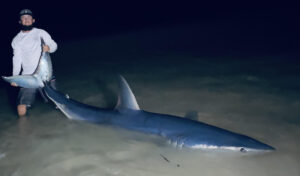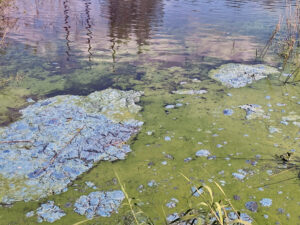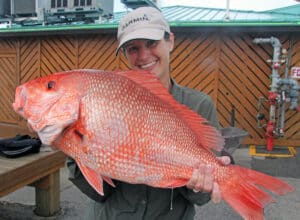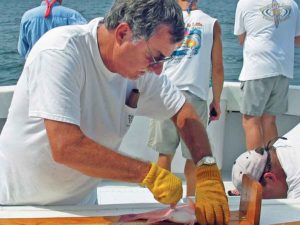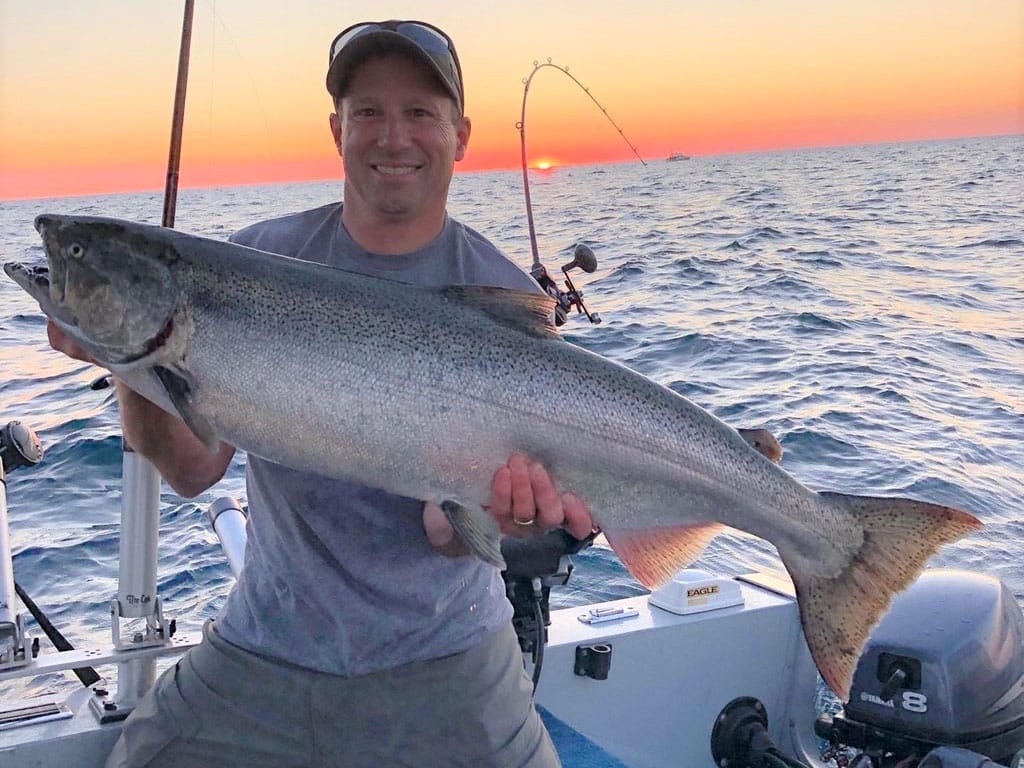
Michigan started the Great Lakes salmon boom more than 50 years ago with their initial stocking of salmon into Lake Michigan. Since then, the state has gradually decreased chinook or king salmon stockings for decades. But the state once again wants to supplement the number of big, prized chinooks into this important “inland sea” fishery.
In a DNR press statement, the state’s Lake Michigan basin coordinator Jay Wesley said, “We have seen several years of good chinook salmon growth and have a slight increase in the alewife biomass, or abundance of those fish.”
Alewives are a chief forage fish for salmon in Lake Michigan. An overabundance of salmon has at times diminished the prey species on which salmon most depend. This became problematic when chinook salmon began naturally spawning in Lake Michigan, so numbers of salmon were not solely dependent on stocking, as natural spawning had a population impact on salmon size, health and their prey.
“Although the alewife biomass is a fraction of what it was historically, we have a good 2021-year class and have seen up to six-year classes of alewives in our fisheries surveys – that means there are up to six different age groups in the current population of alewife.”
DNR says a “year-class” refers to all of the fish of any species hatched, either through natural reproduction or through fish-rearing efforts, during that year’s spawning period.
According to a recent DNR predator-prey model, Lake Michigan has a good ratio of chinook-to-alewife biomass, which is one of many indicators used to inform stocking decisions.
“The proposed 54 percent increase from 650,000 to 1 million spring fingerlings (for stocking) is a modest increase compared to the estimated 4.5 million wild chinook salmon in Lake Michigan,” says Wesley. “It will allow us to increase numbers at sites like Charlevoix (upper Lower Peninsula) that contribute to the entire lake fishery and reinstate stocking sites like Ludington State Park (mid-state Lower Peninsula) and Fairport (Upper Peninsula, near Big Bay De Noc).”
DNR will host a virtual meeting Monday, Sept. 19, from 7 to 8:30 p.m. to detail the proposal and allow for public input. For more information contact Wesley at: 616-490-5090.

